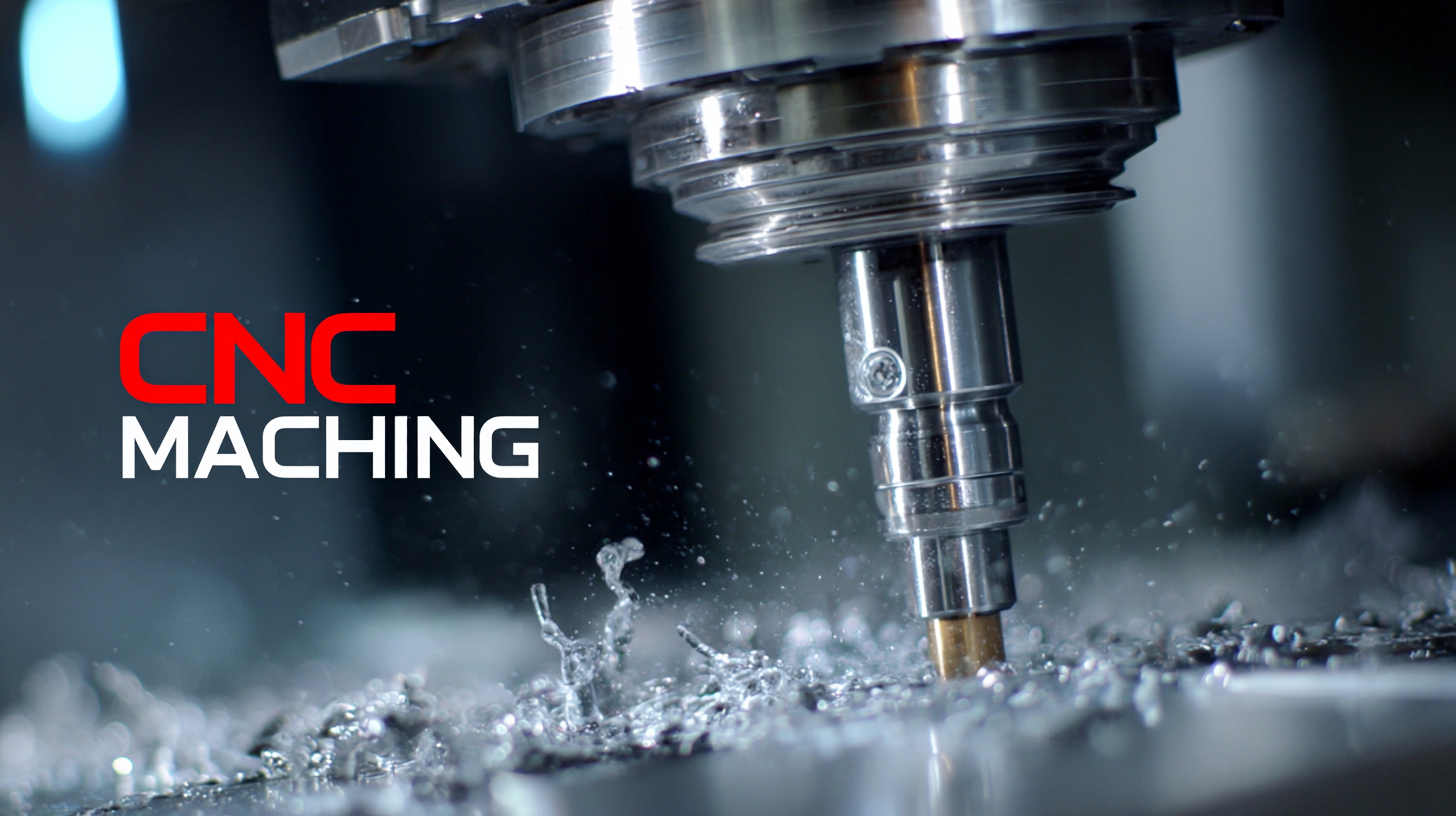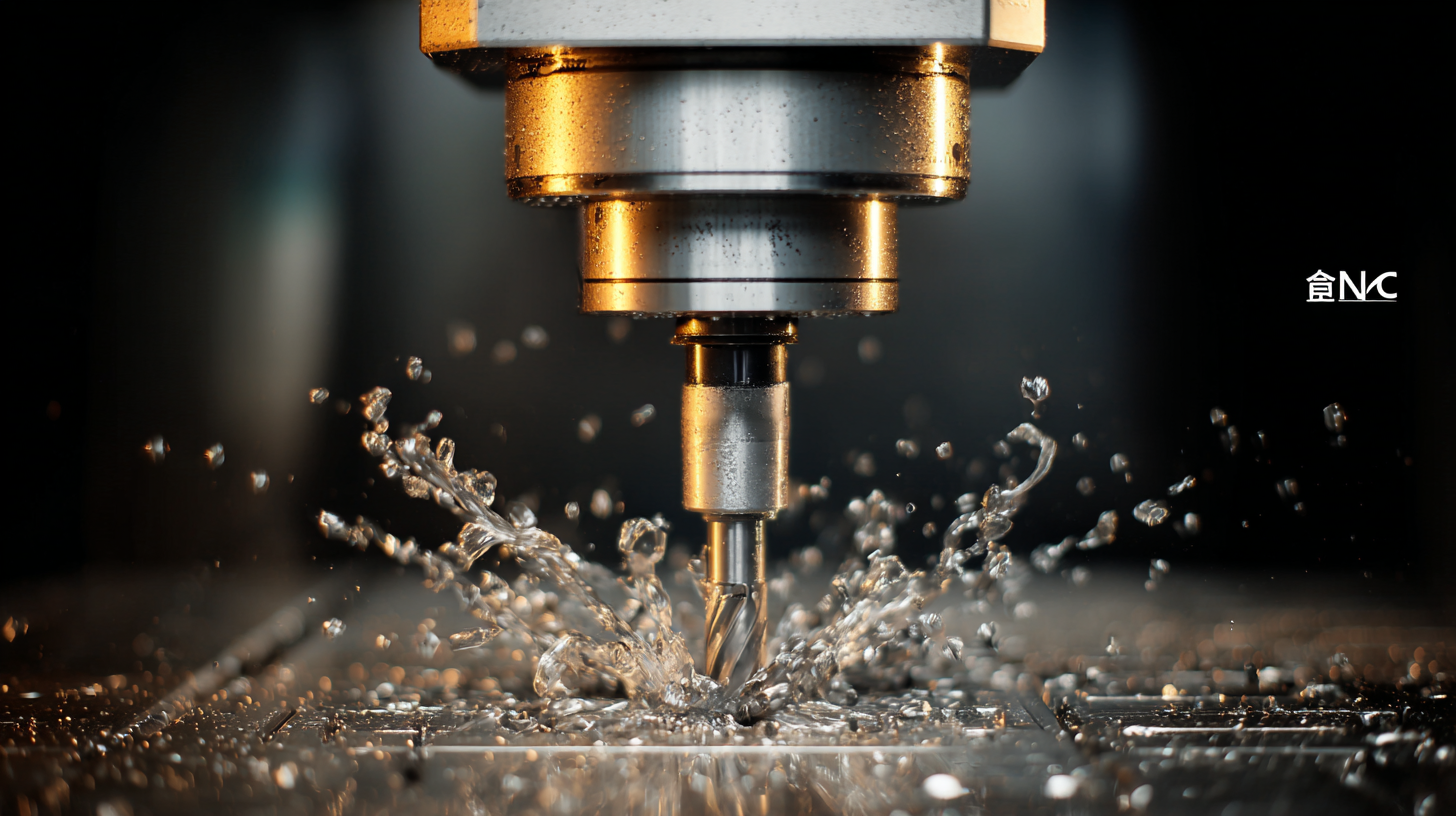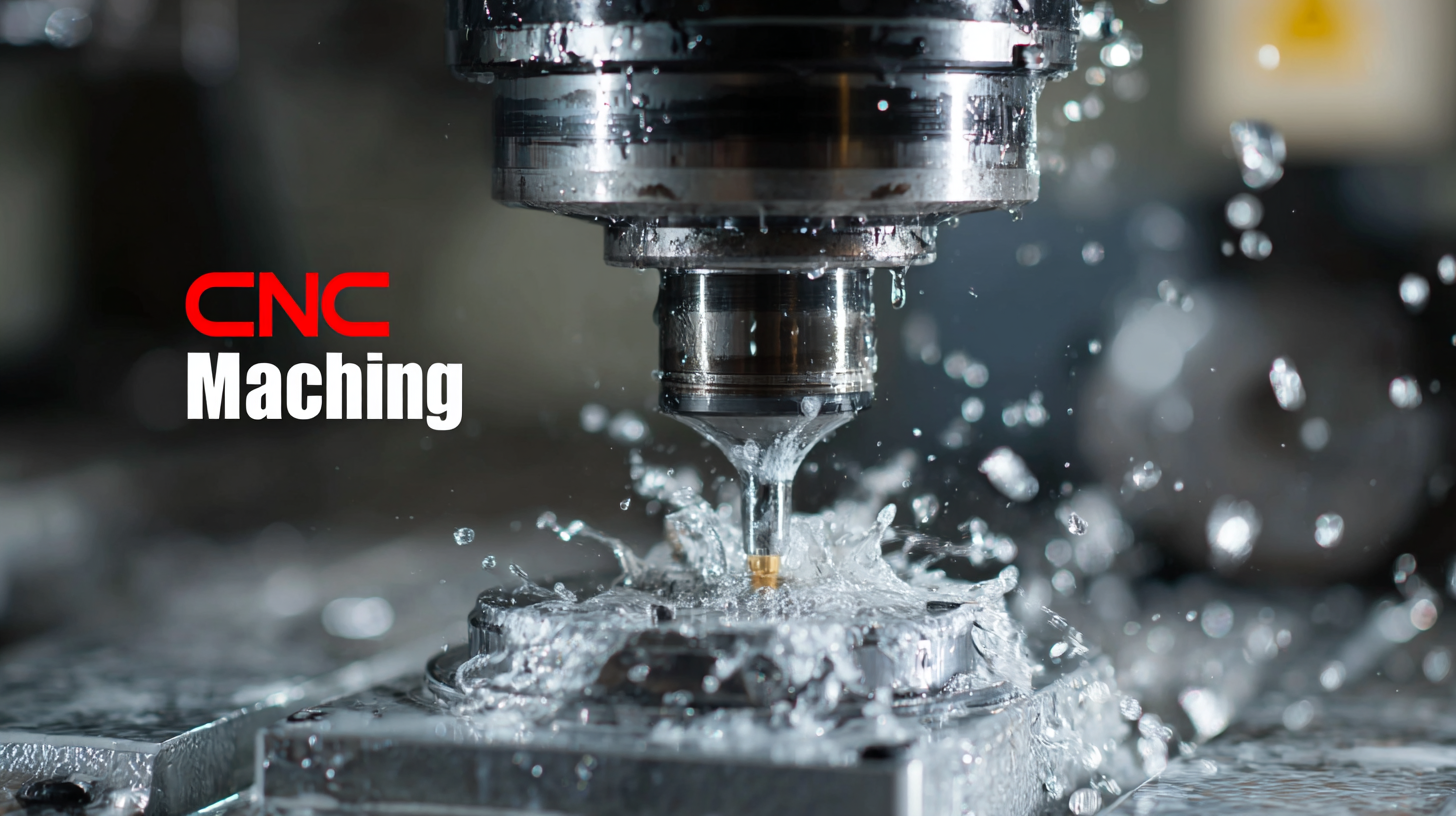Quality CNC Machining from China to the Global Market Winning Trust and Excellence
As the global market increasingly turns to advanced manufacturing solutions, CNC machining stands out as a vital technology driving efficiency and precision across industries. According to a recent report by MarketsandMarkets, the CNC machining market is projected to reach $100 billion by 2026, driven by the rising demand for automation and high-quality manufacturing in sectors such as aerospace, automotive, and medical devices.
As we approach 2025, technology trends indicate a shift towards smarter manufacturing practices, including the integration of IoT, AI, and advanced materials in CNC machining processes. This evolution not only enhances production capabilities but also fosters greater trust among international clients who seek reliability and excellence from their manufacturing partners.
In this blog, we will explore the key technological trends influencing the future of CNC machining and provide a comprehensive checklist for businesses aiming to excel in this competitive landscape.
Understanding CNC Machining: A Key Player in Global Manufacturing
CNC machining has emerged as a critical element in global manufacturing, driving innovation and efficiency across various industries. With the global CNC machine market projected to grow significantly, from $101.22 billion in 2025 to $195.59 billion by 2032, it's clear that this technology plays a pivotal role in meeting the demands of modern production. Understanding CNC machining's capabilities helps businesses harness its potential to enhance precision and reduce production times, ultimately boosting competitiveness in the international market.
When considering CNC machining for your manufacturing needs, keep these tips in mind: First, prioritize choosing a supplier with a proven track record of quality and reliability, which is essential for maintaining high standards in production. Additionally, evaluate the machine's capabilities in terms of material compatibility and operational flexibility, as this can significantly impact the efficiency of your manufacturing processes. Lastly, ensure that your team is adequately trained to operate CNC machines; skilled operators are vital for maximizing output and minimizing errors.
Embracing CNC machining technology not only streamlines production but also fosters innovation in product design. By investing in this key player in global manufacturing, companies can position themselves to capitalize on emerging trends and evolving customer demands, leading to sustained growth and success in the rapidly expanding market.
The Advantages of Sourcing CNC Machining from China
Sourcing CNC machining from China presents numerous advantages that set it apart in the global market. China has established itself as a powerhouse in the robotic and manufacturing sector, accounting for over 28% of the world's robotics market share. This rapid growth can be attributed to significant investments in technology and supply chain efficiency. By integrating advanced robotics into CNC machining processes, Chinese manufacturers have achieved impressive precision and scalability, enabling them to meet the demands of various industries worldwide.

Moreover, when it comes to the production of essential components for CNC machining, China leads in critical areas such as permanent magnets and battery manufacturing. Reports indicate that China dominates over 70% of the global supply of permanent magnets, which are vital for automation and robotics applications. As a result, sourcing from China not only promises cost-effective solutions but also ensures access to the latest innovations that enhance operational efficiency. With the ongoing competition in the robotics landscape, U.S. companies are recognizing the need to strengthen their supply chains and maintain competitiveness, further solidifying China's position as a trusted source for high-quality CNC machining.
Quality Standards and Certifications in CNC Machining
In the realm of CNC machining, adhering to quality standards and achieving certifications is essential for gaining the trust of global markets. Recent developments highlight the increasing importance of certifications such as ISO 13485, which emphasizes quality management systems in medical device manufacturing. This certification not only ensures that manufacturers meet stringent quality requirements but also expands their capabilities, allowing them to enter new and specialized markets. As companies invest in achieving such standards, they position themselves as reliable partners for Original Equipment Manufacturers (OEMs) seeking flexibility and innovation.
The evolution of quality standards like ISO 9001 and AS9100 is also vital for industries beyond medical devices, including aerospace and defense. By implementing rigorous quality management systems, companies can improve their operational efficiency and product reliability, which are critical in high-stakes environments. The focus on quality not only aids manufacturers in complying with international regulations but also strengthens their competitiveness in the global market. As manufacturers continue to embrace and prioritize these standards, they will undoubtedly drive advancements and foster innovation within their respective sectors.
Building Trust with Global Clients: Transparency and Communication
 In the competitive landscape of CNC machining, building trust with global clients hinges on transparency and effective communication. According to a report by Mordor Intelligence, the CNC machining market is projected to reach USD 100 billion by 2025, driven by the increasing demand for precision engineering across various industries. To capitalize on this growth, Chinese manufacturers must prioritize clear communication channels with clients, ensuring that expectations are met and quality standards are upheld.
In the competitive landscape of CNC machining, building trust with global clients hinges on transparency and effective communication. According to a report by Mordor Intelligence, the CNC machining market is projected to reach USD 100 billion by 2025, driven by the increasing demand for precision engineering across various industries. To capitalize on this growth, Chinese manufacturers must prioritize clear communication channels with clients, ensuring that expectations are met and quality standards are upheld.
Transparency in processes has emerged as a critical factor in gaining trust. A survey by Deloitte revealed that 94% of consumers are more likely to be loyal to a brand that offers complete transparency. For CNC machining companies, this means providing detailed insights into production workflows and quality control measures. Regular updates and open lines of communication not only enhance client relationships but also foster a collaborative environment that can lead to innovation and efficiency improvements. By committing to these principles, Chinese CNC machining firms can solidify their position in the global market and attract long-term partnerships.
Innovations in CNC Technology and Their Impact on Market Competitiveness
The CNC machining industry is experiencing remarkable innovations that enhance market competitiveness and reshape global supply chains. Recent reports indicate that the global CNC machining market is expected to grow from $64 billion in 2022 to approximately $87 billion by 2027, reflecting a compound annual growth rate (CAGR) of around 6.5%. These advancements in CNC technology—ranging from automation and robotics to improved materials—allow manufacturers in China to produce high-quality components with greater efficiency and precision, thereby meeting the stringent demands of international markets.
As businesses seek to improve their manufacturing processes, adopting modern CNC technologies becomes essential. One effective tip is to implement real-time data analysis in production systems, which can help identify bottlenecks and enhance operational workflows. Additionally, embracing additively manufactured components alongside traditional machining can significantly reduce lead times and costs. As highlighted by market analysts, companies that invest in these technologies not only increase their competitive edge but also build trust with clients by consistently delivering superior products.
Moreover, advancements like 5-axis CNC machining enable complex part geometries to be produced in fewer operations, maximizing efficiency and reducing waste. To remain competitive, manufacturers should continuously explore innovations in tooling and programming, ensuring a commitment to excellence. This proactive approach will position them favorably in a rapidly evolving marketplace, as data suggests that companies that innovate effectively are 40% more likely to gain market share.
Quality CNC Machining from China to the Global Market Winning Trust and Excellence
| Dimension |
Performance Metric |
Impact Factor |
| Production Volume (Units) |
500,000 |
Increased Market Demand |
| Lead Time (Days) |
15 |
Enhanced Customer Satisfaction |
| Cost per Unit ($) |
10 |
Competitive Pricing Strategy |
| Error Rate (%) |
0.5 |
Quality Assurance Improvements |
| Customer Retention Rate (%) |
90 |
Positive Reputation in Market |







 In the competitive landscape of CNC machining, building trust with global clients hinges on transparency and effective communication. According to a report by Mordor Intelligence, the CNC machining market is projected to reach USD 100 billion by 2025, driven by the increasing demand for precision engineering across various industries. To capitalize on this growth, Chinese manufacturers must prioritize clear communication channels with clients, ensuring that expectations are met and quality standards are upheld.
In the competitive landscape of CNC machining, building trust with global clients hinges on transparency and effective communication. According to a report by Mordor Intelligence, the CNC machining market is projected to reach USD 100 billion by 2025, driven by the increasing demand for precision engineering across various industries. To capitalize on this growth, Chinese manufacturers must prioritize clear communication channels with clients, ensuring that expectations are met and quality standards are upheld.